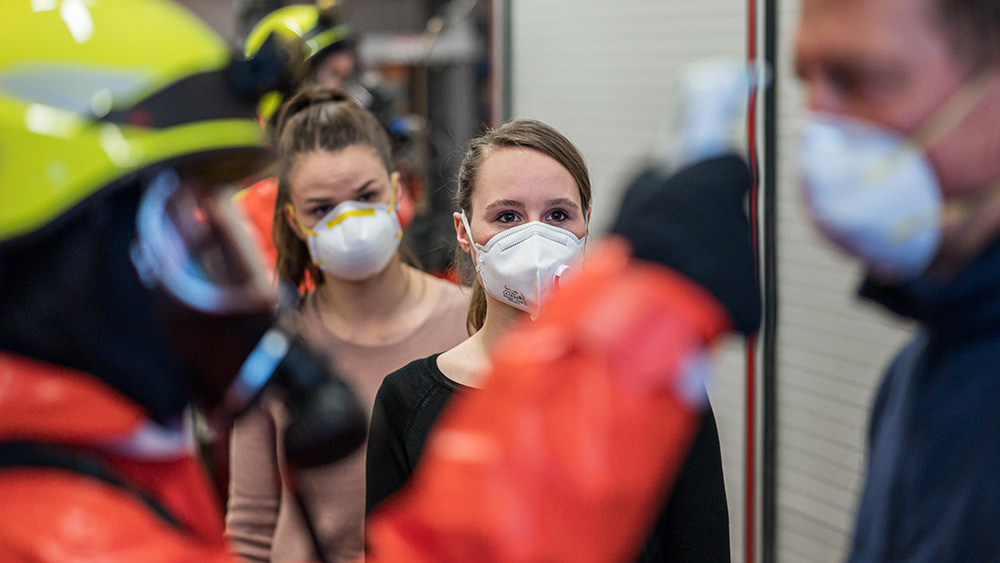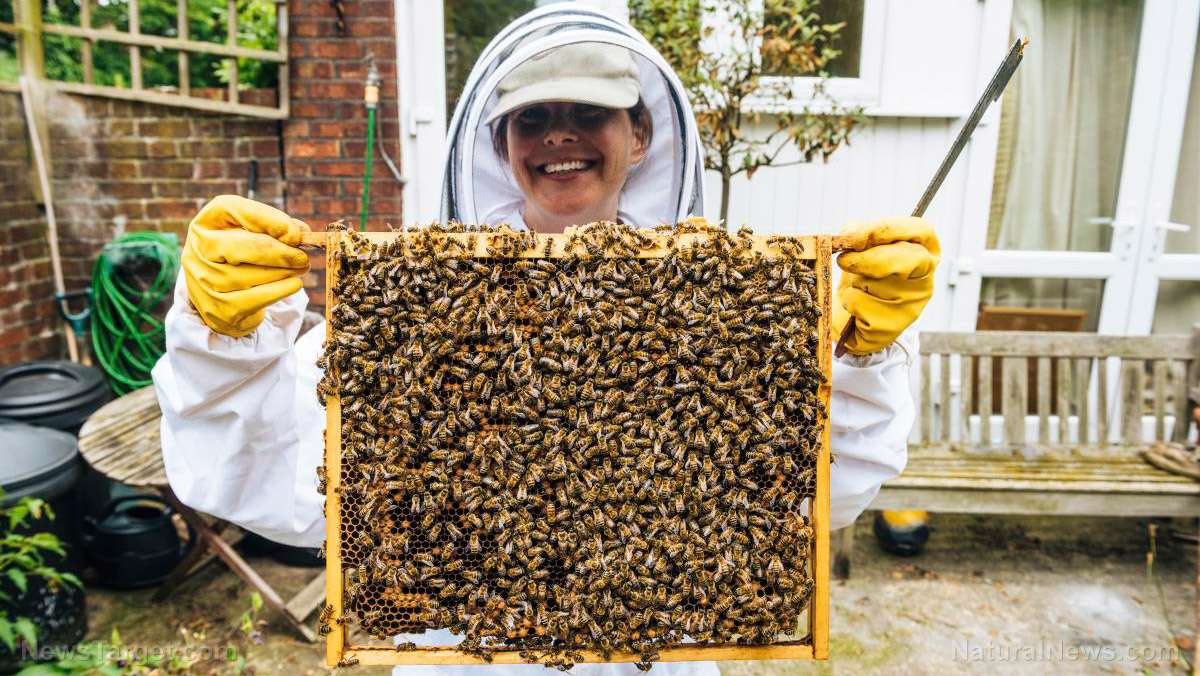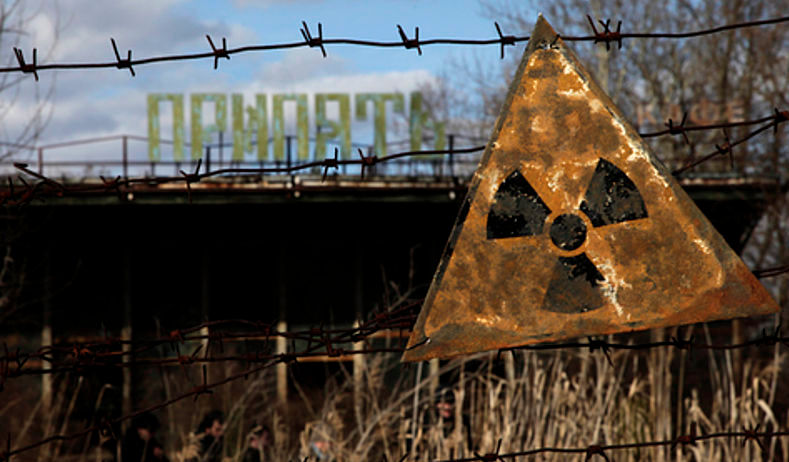Coronavirus found to linger in the air in crowded spaces
04/29/2020 / By Franz Walker

A new study shows that the coronavirus (COVID-19) continues to linger in the air in crowded spaces or rooms without ventilation. The study, published in the journal Nature Research, found bits of the virus’s genetic material floating in the air of rooms in two hospitals in Wuhan.
The study lends further credence to the theory that COVID-19 spreads through tiny airborne particles exhaled by infected persons. However, the study did not seek to establish whether or not the particles that the researchers detected could cause infection.
Virus droplets remain suspended in the air
Just how readily the coronavirus can spread through the air has been a matter of debate. According to the World Health Organization (WHO), the risk is limited to specific circumstances. The WHO points to an analysis of more than 75,000 cases in China in which no airborne transmission was reported.
“It’s not certain how long the virus that causes coronavirus survives on surfaces, but it seems to behave like other coronaviruses,” the WHO said. “Studies suggest that coronaviruses — including preliminary information on the COVID-19 virus — may persist on surfaces for a few hours or up to several days.”
However, as the virus continues to rampage across the globe — over 3 million people have now been infected according to the running tally from Johns Hopkins University — scientists are scrambling to understand how exactly contamination, especially indirect contamination, occurs.
“While the transmission of SARS-CoV-2 via human respiratory droplets and direct contact is clear, the potential for aerosol transmission is poorly understood,” the study states.
Two types of droplets are produced when people cough, talk or even just breathe. Larger ones, which drop down to the ground or other surfaces before they can evaporate, cause contamination mostly through the objects they settle on. Smaller ones, on the other hand, can hang in the air for hours.
In the new study, researchers, led by Wuhan University‘s Ke Han, set up aerosol traps at 30 sites in and around hospitals in the city that served as ground zero for the global pandemic.
They found few airborne particles in residential buildings, supermarkets and even patient wards. However, they found much more in toilets, areas with large crowds passing through and an indoor space near one of the hospitals.
Even higher concentrations were found in rooms where medical staff had taken off their protective equipment. This suggests that that particles contaminating their gear had become airborne again when these masks, gowns and gloves were removed.
“Our results indicate that room ventilation, open space, sanitization of protective apparel, and proper use and disinfection of toilet areas can effectively limit the concentration of SARS-CoV-2 RNA in aerosols,” the researchers wrote in the study. “Future work should explore the infectivity of aerosolized virus.”
Further study into the indirect transmission of the virus
The study adds to the growing body of data on how the virus could spread through indirect contact. Another study from scientists at Princeton University, the University of California, Los Angeles and the National Institutes of Health, published in the peer-reviewed New England Journal of Medicine last month, concluded that the virus remained airborne for up to three hours. The same study also looked into how long the virus survived on various surfaces and investigated the possibility of transmission outside of direct human contact.
These studies are becoming more important as state and national governments mull reopening their economies and sending people back to work. As people begin to go back to work, knowing how they could still catch the virus even indirectly could be the difference between continuing to contain the virus and a possible resurgence.
Sources include:
Tagged Under:



















